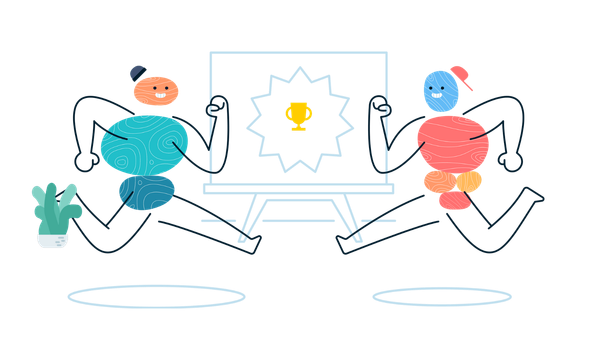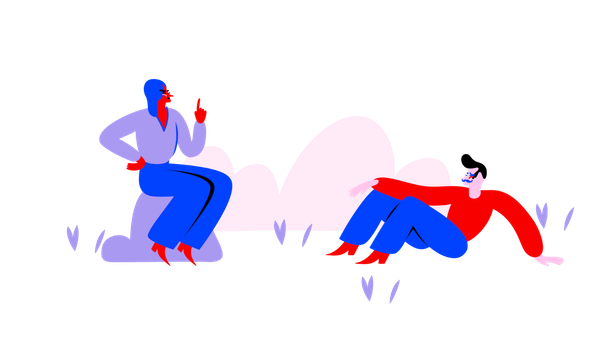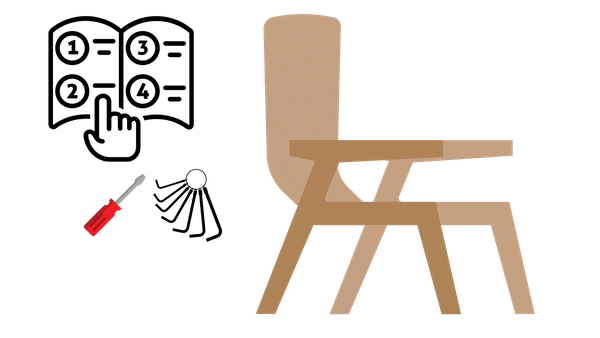Do People Dislike Work? Exploring Theory X and Theory Y
Theory X says that people are mostly motivated by money and worry about losing their jobs.
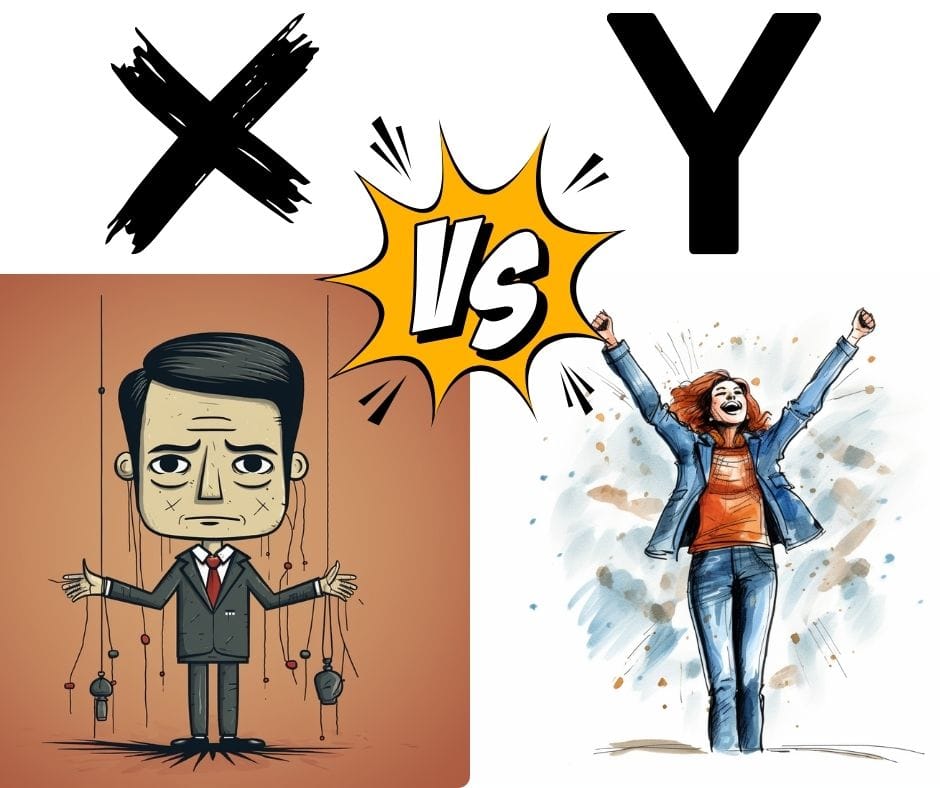
Issue No. 19
As I'm building this newsletter (and a podcast and YouTube channel) in the open, you will get updates on this project here from time to time.
❤️ Thank you for your likes and comments on last week's update and the big response on LinkedIn. ❤️
Today, normal newsletter service resumes!
Recently, I reminisced about my time at Red Hat's Open Innovation Labs. I couldn't help but remember a slide I frequently used as an icebreaker when kicking off presentations about transformation and culture change.
It was based on Douglas McGregor's Theory X and Theory Y.
I've included it below.
The core principles behind Theory Y are fundamental to my approach to work.
Theory X and Theory Y
Have a look at the table below.
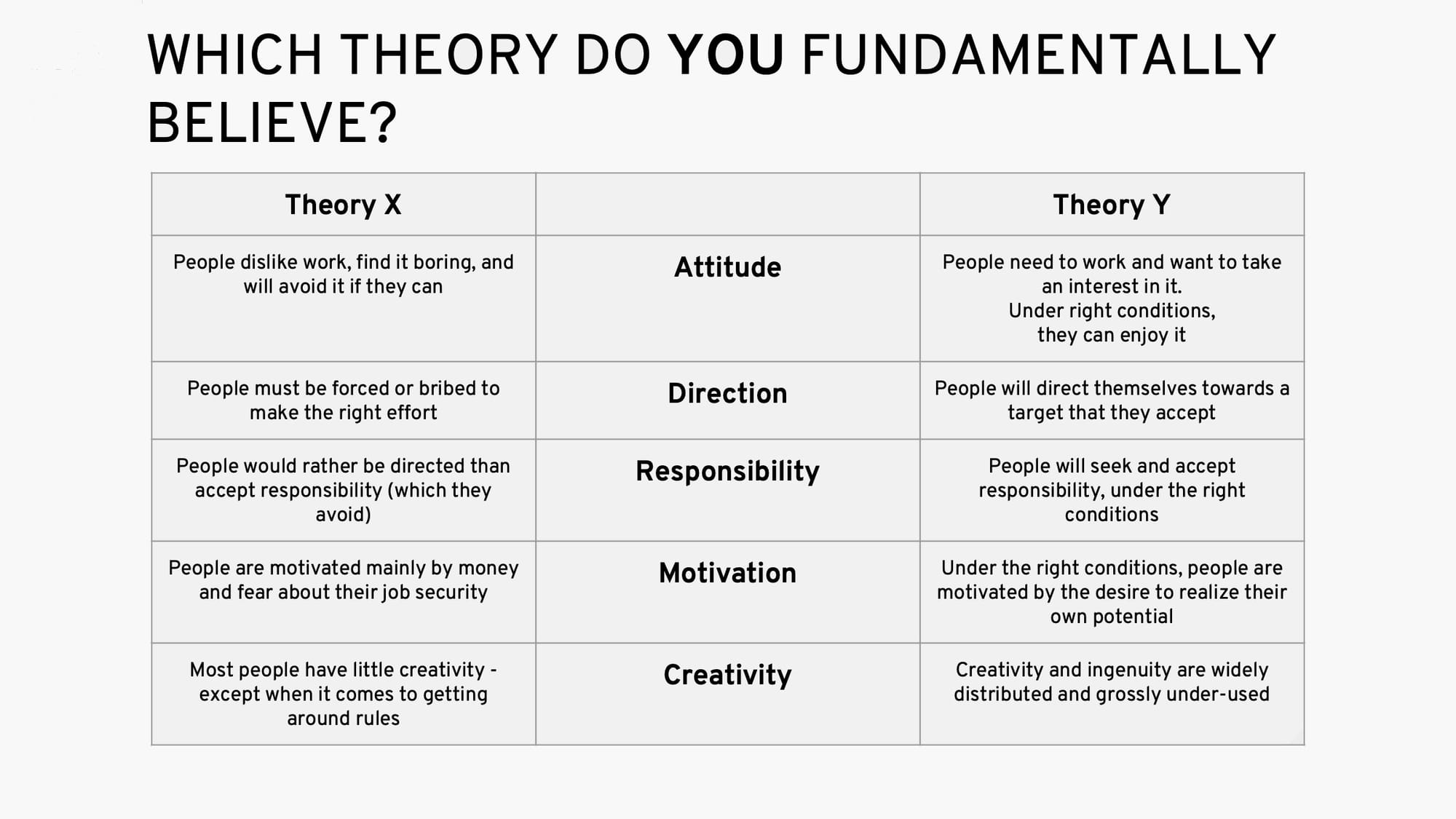
Which theory best describes how you want to be treated? Is that how you try to treat others as well?
Which one fits the people around you? Your boss?
Does your company, department or team work in a Theory X or a Theory Y way? If you are a manager, would your team agree with you?
I Am a Theory Y Person!
When asked which theory about human nature - X or Y - describes us, everyone immediately says "I am a Theory Y person!"
But They Are a Theory X Person!
However, when it comes to others, the answer isn't as simple. We've all encountered Theory X individuals numerous times.
No one is a Theory X person!
In his 1960 book "The Human Side of Enterprise," Douglas McGregor introduced two contrasting views of human nature, Theory X and Theory Y. He emphasized that Theory X, which assumes people need external motivation, is a misconception. McGregor argued that Theory X individuals don't exist in reality; they are just a figment of our imagination. Consequently, Theory X, though commonly held as a view of human nature, is nothing more than an unfounded prejudice about people in the workplace.
This is GREAT news! It means that every single human being is a Theory Y human! Our world is full of hardworking folks who, when engaged, truly shine. They yearn to be recognized as the self-driven achievers they are.
This is important. It's important because our assumptions about others shape our behaviour and how we design and manage organizations. If you believe in the existence of Theory X humans, then you'll lean towards command-and-control systems.
To create a modern organization that can thrive in complexity, we need a shared, enlightened, and nuanced understanding of human nature.
Theory X Doesn't Have a Place in a Modern Sense and Respond Organisation
Here are some reasons we should not use Theory X in our team, department, or organisation:
- Reduced trust: Distrust erodes healthy working relationships, leading to conflict, reduced loyalty, and declining organizational culture.
- Limited collaboration: Theory X management styles prioritize individual performance, resulting in less teamwork and cross-functional cooperation.
- Increased employee dissatisfaction: Constant monitoring and pressure from micromanagement leads to stress and dissatisfaction, causing higher absenteeism and turnover rates.
- Stifled creativity and innovation: A command-and-control environment discourages experimentation, hindering growth and innovation.
- Inability to adapt: Organizations clinging to Theory X principles struggle to adapt to the rapidly changing business landscape.
- Talent attraction and retention issues: Theory X biases make it difficult to attract top talent and retain the best performers.
In contrast, Theory Y organizations display the opposite characteristics, as they can attract, nurture, and retain talented individuals due to their high-trust, highly engaged, collaborative, and innovative culture. This environment enables them to adapt to the constantly changing world around them.
But then why does Theory X thinking persist today?
One reason is that it reflects ideas from Frederic Taylor's Industrial Age of Scientific Management. Taylorism has become firmly ingrained in our education system and our businesses.
Because of this we stubbornly cling to a myth that McGregor attempted to debunk in 1960, we use methods and processes tailored for Xers. We're trapped in a Theory X illusion. Most of us are guilty of perpetuating this Theory X bias.
What's scarier is that even if we don't agree with old-fashioned ideas or think we're open-minded, we might still not know how to deal with others. So, we end up using Theory X methods to get our way with them.
We make it worse because when we observe others, we often make assumptions about their nature while overlooking their full context and we let our biases paint a cynical picture of them. Trust me, I know – I fall into this trap all the time!
This is important because our assumptions about others influence our behaviour and how we design and manage organizations. If you believe that Theory X humans exist, then you'll likely create command-and-control systems accordingly.
Sometimes it "feels" easier to take the Theory X approach than it is to take the "slow way" and work out a Theory Y approach to achieve something.
Unfortunately, if you are trying to create a Theory Y organisation but you use Theory X methods you will end up with a Theory X organisation.
Okay Then... How Can We Avoid Theory X Thinking and What Are Some Good Theory Y Methods I Can Use?
Aha! I'm glad you asked... I'll be covering the answers to these questions and more in future issues of this newsletter.
💬 I'm eager to hear from you! What's your go-to Theory Y method or practice that has helped your team's dynamics? Share your insights by replying or commenting below.
